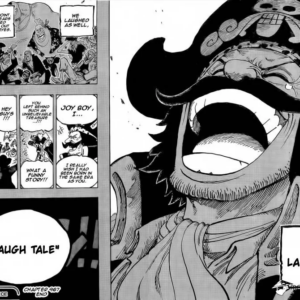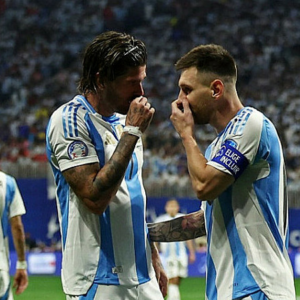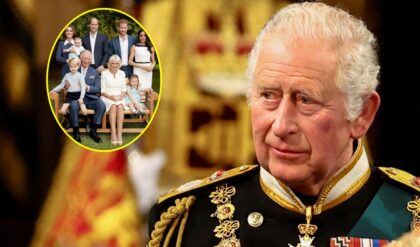The anime adaptation of Eiichiro Oda’s One Piece manga has introduced new details to its anime canon over time that influence the interpretation of some events throughout the plot to varying degrees. Numerous reasons explain why anime adaptations seldom mirror the events of the manga exactly; however, anime canon remains distinct from anime filler because the former has a basis in the source material while the latter does not.
While some anime-only details are minor alterations to existing source material, others influence the narrative more significantly. Plot details may be changed in the anime to soften violent scenes for broadcast, depict events unseen in the manga, or alter the interpretation of a scene. Regardless of the motivation behind departing from the manga’s presentation of events, anime canon can introduce exciting new details to the story that entertain viewers while deepening the lore of the One Piece franchise.
10Blackbeard’s Murder of the Previous Dark-Dark Fruit User Is Not Left Ambiguous
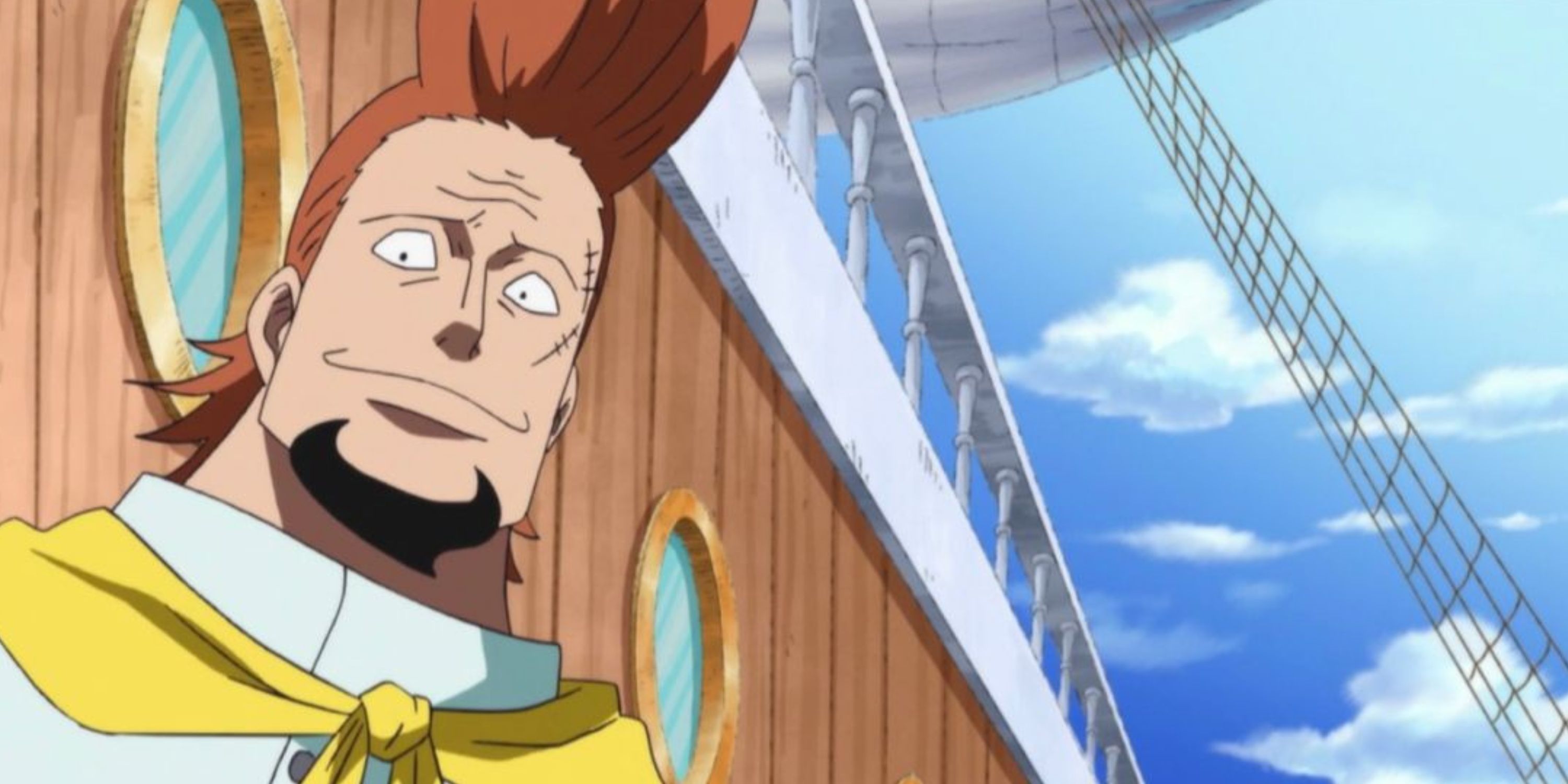
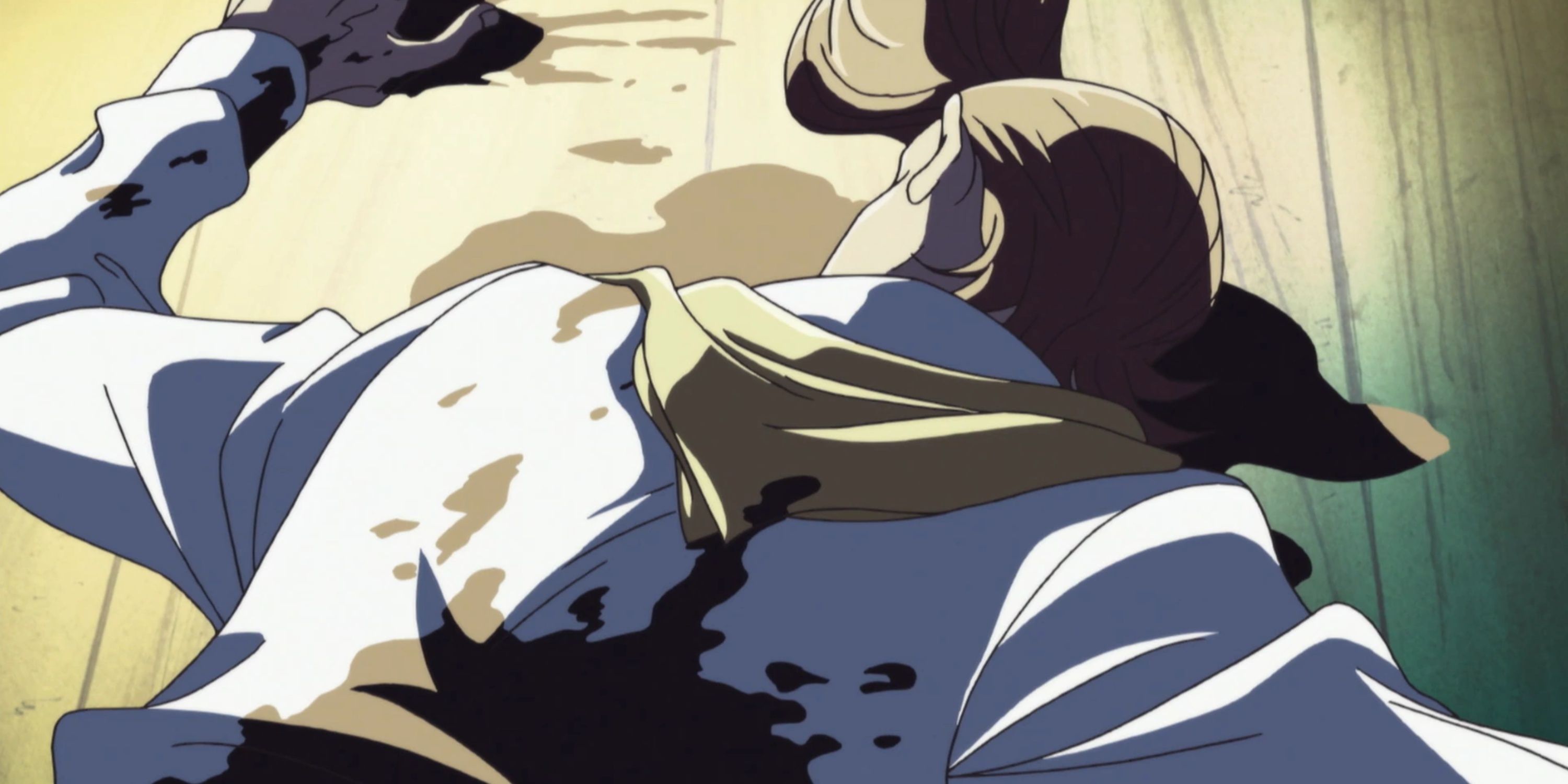
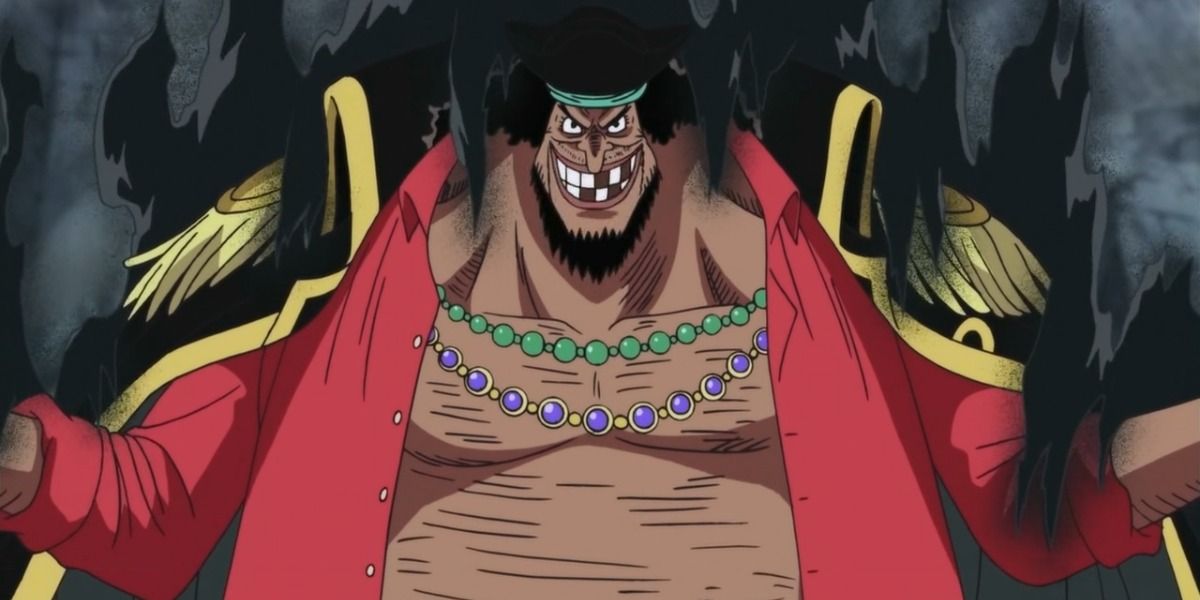
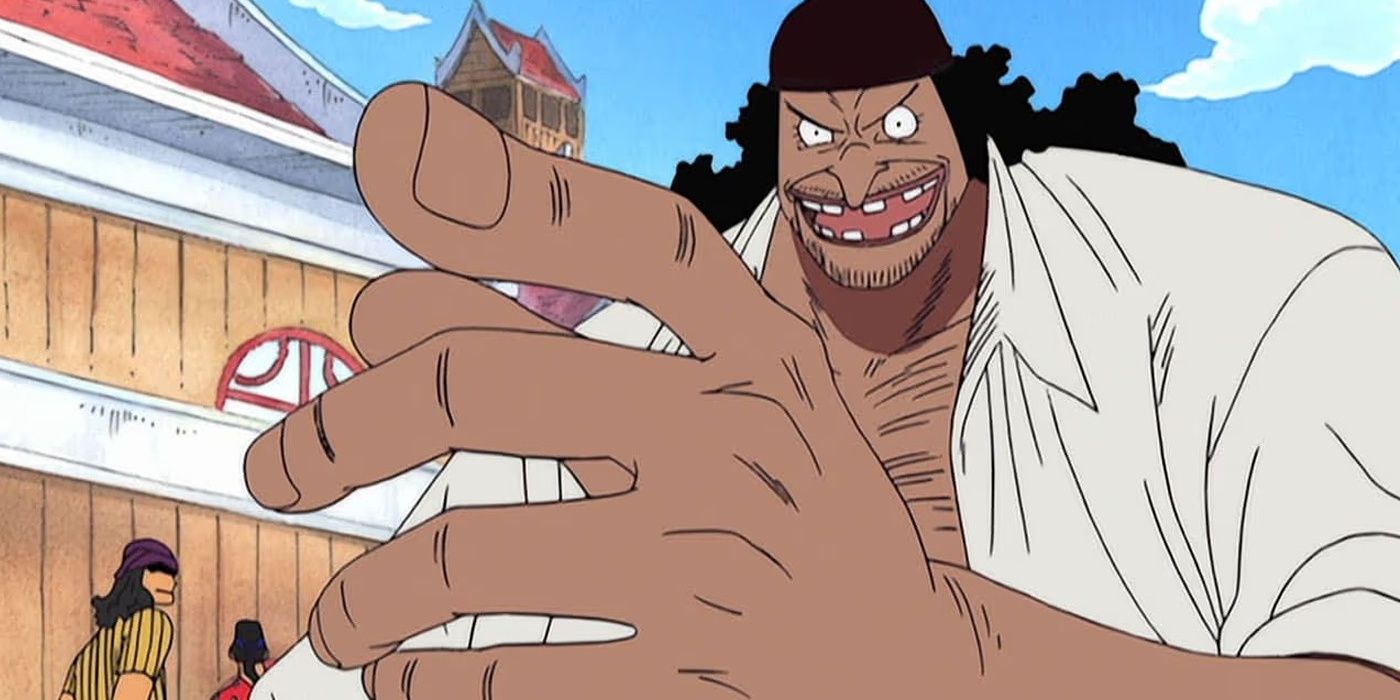




The One Piece anime adaptation adds to Blackbeard’s backstory by depicting how he murdered Thatch, the Whitebeard Pirate who held the Dark-Dark Fruit. Acquiring his former crewmate’s Devil Fruit is the critical moment that begins Blackbeard’s rise as a notorious Emperor of the Sea, and its significance makes it an interesting part of the plot to expand upon in the series.
During a flashback, Blackbeard is pictured with a bloodied knife raised in the air before Thatch is seen lying face down on the floor with stab wounds in his back. The sequence asserts that Blackbeard stabbed his crewmate in the back, which effectively emphasizes the coldness of his betrayal. If not for the flashback to the fateful night of Thatch’s murder, the manner of the Whitebeard Pirate’s death would have been left a mystery.
9Zeff Cuts Off His Leg to Save Sanji From Drowning Instead of Eating it to Survive
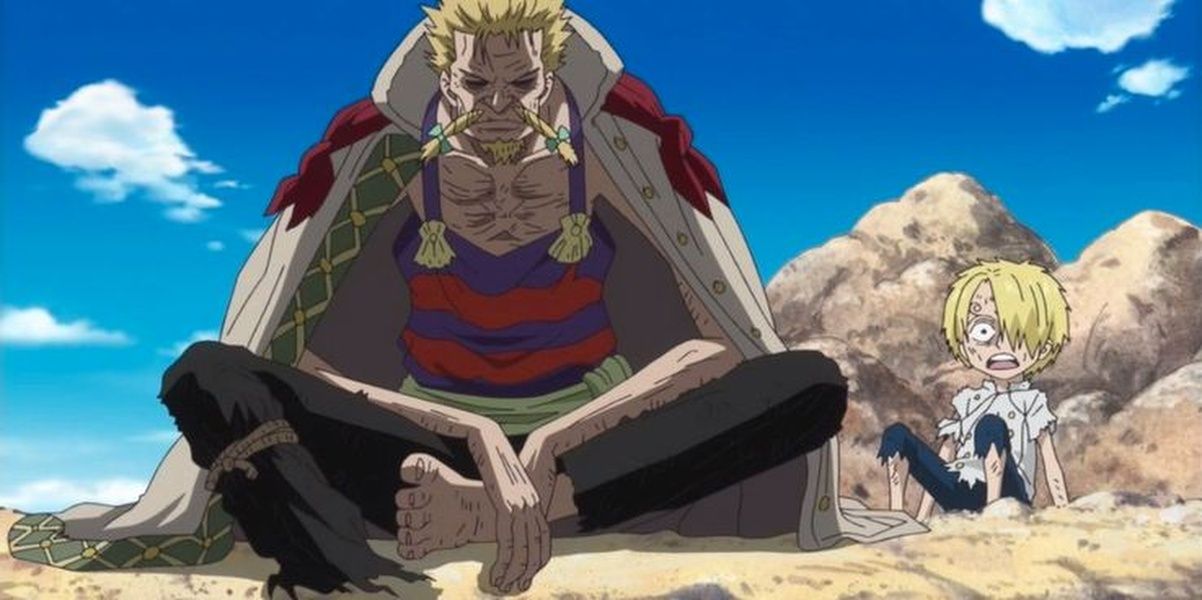
A well-known change to the One Piece source material occurs during the Baratie Arc flashback when Red Leg Zeff saves his pupil Sanji from drowning as a child. Although both versions of the flashback are comparably gruesome, it’s possible that the motivation behind the anime sequence was influenced by a desire to omit a taboo subject.
Chef Zeff suffers the loss of one leg in the wake of saving Sanji from the attack that almost drowned them, but the way he loses it is significantly different in the manga and anime. The source material depicts Zeff losing his leg to self-cannibalization after enduring many days without food; however, the anime’s version of events shows the chef cutting off his leg to free it from debris underwater to save young Sanji from drowning before they become stranded with little food. The adaptation thus cleverly avoids the taboo topic of cannibalization by placing the injury earlier in the flashback sequence.
8Nami Defends the Straw Hat Pirates From an Attack on Reverse Mountain
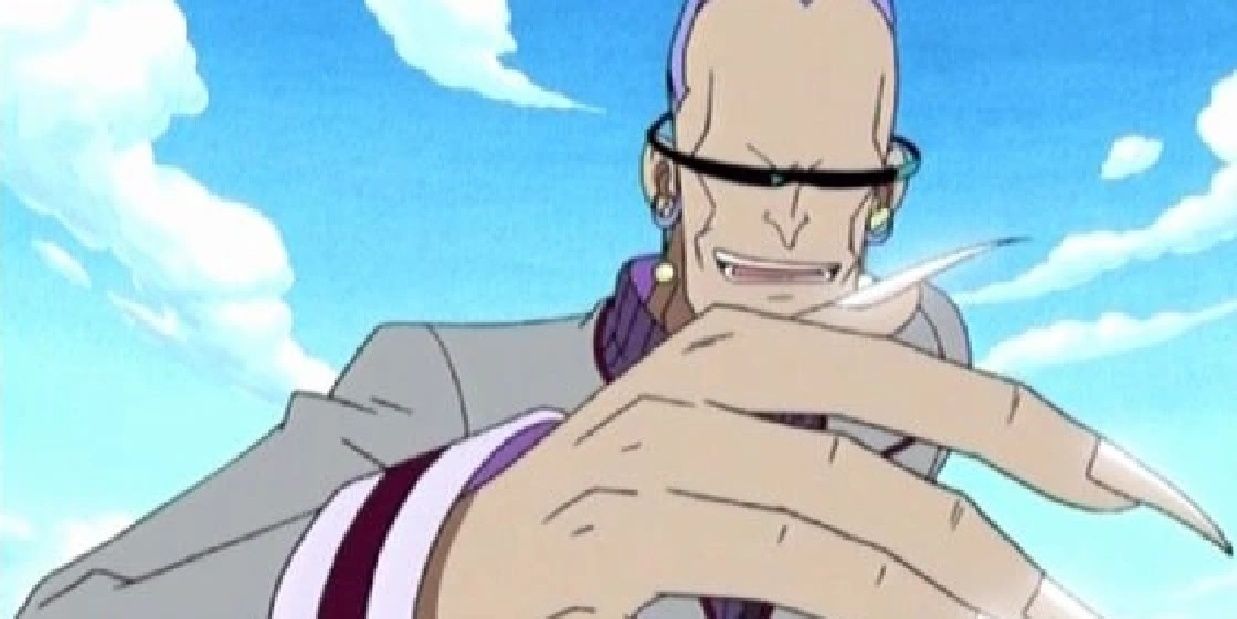
Filler characters sometimes make their way into canon sequences in the One Piece anime, as demonstrated by one Reverse Mountain character’s brief anime-only appearance. Eric, an antagonist from the Warship Island anime filler arc, returns to get revenge on the Straw Hat Pirates as they gear up to enter the Grand Line.
The Straw Hats are stunned by Eric’s sudden appearance and fear that he’ll use his Devil Fruit powers to slash their ship apart, throwing the crew’s fate into uncertainty before their journey can truly begin. The Straw Hat who steps forward to take action is the crew’s brave navigator, Nami, who kicks Eric’s legs out from under him to topple the villain into the water to save everyone. The victory is an endearing moment that adds to the anime’s adaptation of Nami in a way that still feels aligned with her character’s presentation in the source material.
7Luffy Reminds a Loguetown Bartender of Legendary Pirate Gol D. Roger
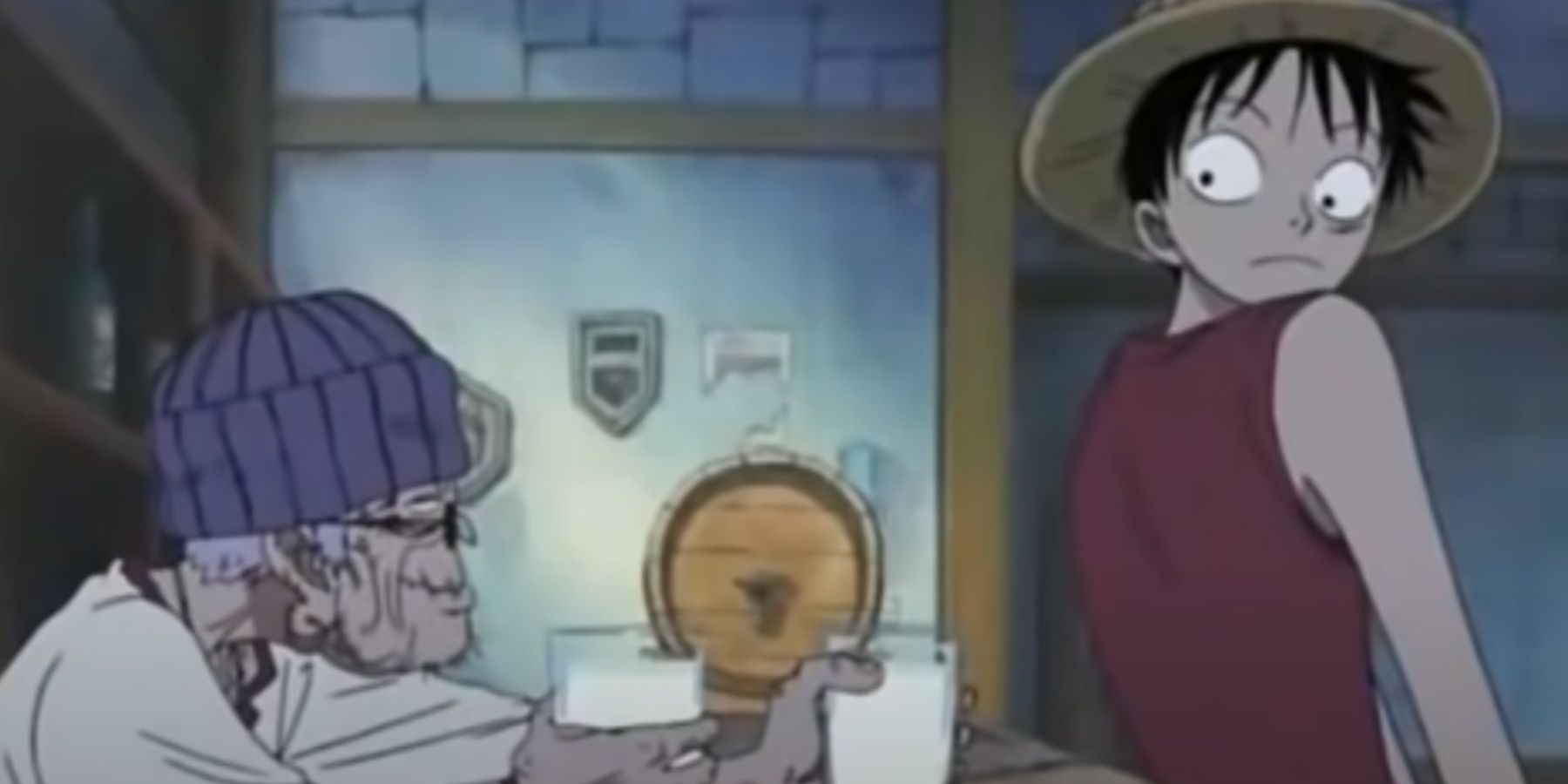
One of the most endearing comparisons between One Piece‘s protagonist Monkey D. Luffy and legendary pirate Gol D. Roger happens during an anime-only sequence in Loguetown. The added scene fits perfectly within the arc while foreshadowing Luffy’s future as the next King of the Pirates — the successor to Captain Roger — demonstrating the ability to capitalize on fans’ favorite parts of a story when creating an anime adaptation.
Raoul is the anime-only owner of a struggling Loguetown bar who finds himself in Luffy’s company when the Straw Hat enters just before closing. The bartender recoils when he first hears Luffy’s aspiration to become King of the Pirates; however, the Straw Hat’s sincerity in his conviction quickly convinces Raoul of the similarities between the two pirates. In just a few brief moments, the additional scene set in Captain Roger’s hometown reinforces Luffy’s claim to the One Piece treasure.
6Storms Wash the Going Merry Out to Sea With Nami Stranded Onboard Without the Other Straw Hats

The motivation for including new material in the anime canon of a series can be as simple as wanting to add drama to a story beat, and this may be the only reason for the change to the Straw Hat Pirates’ departure from Loguetown in One Piece. Instead of the smooth exit granted in the original manga sequence, the crew almost loses one member and the Going Merry when the ship washes out to sea with a Straw Hat stranded onboard.
As the Straw Hats prepare to leave Loguetown, a raging storm suddenly causes the Going Merry to wash out to sea with only the crew’s navigator, Nami, onboard the ship. The situation is quickly resolved by Monkey D. Luffy, who launches the rest of the crew (Zoro, Usopp, and Sanji at the time) with ease from the shore to the ship. The added detail of Nami becoming stranded on the Going Merry does very little to influence the plot other than providing the audience with one more endearing Straw Hat moment before the Loguetown Arc comes to an end.
5The Davy Back Fight Is Longer With Even More Foxy Pirates & Straw Hats
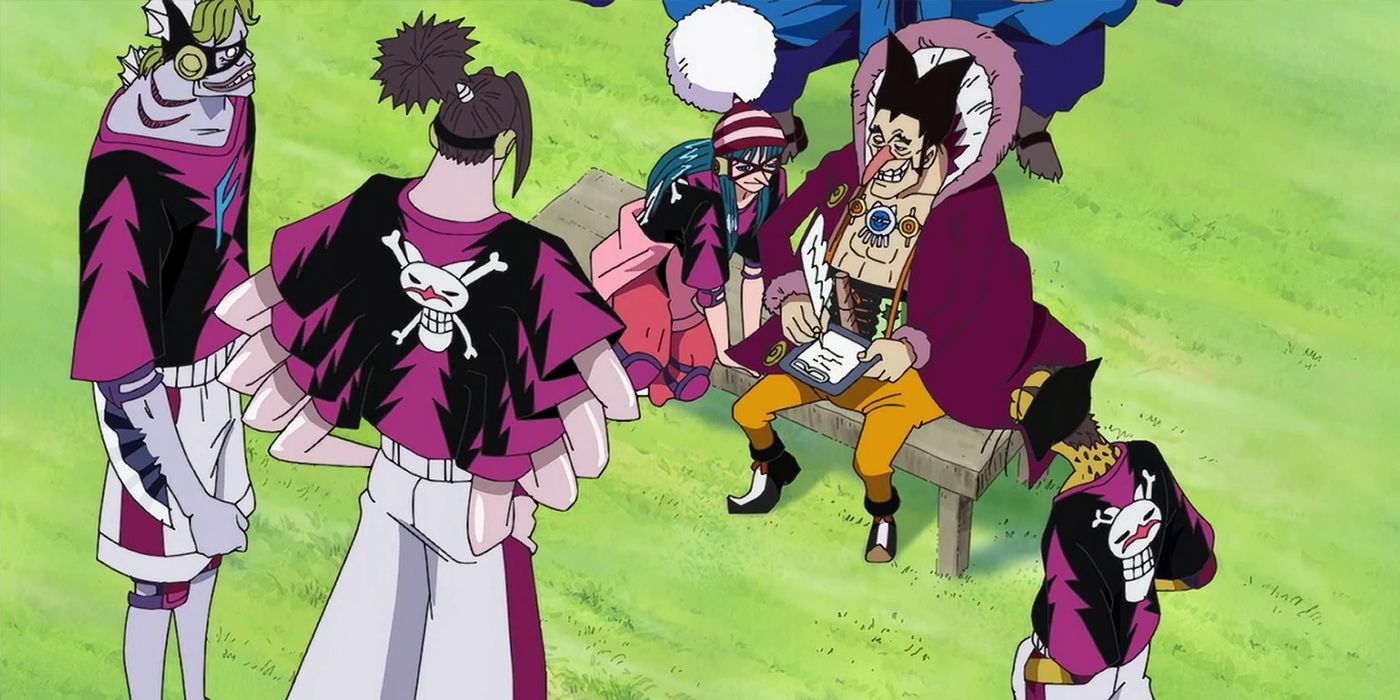
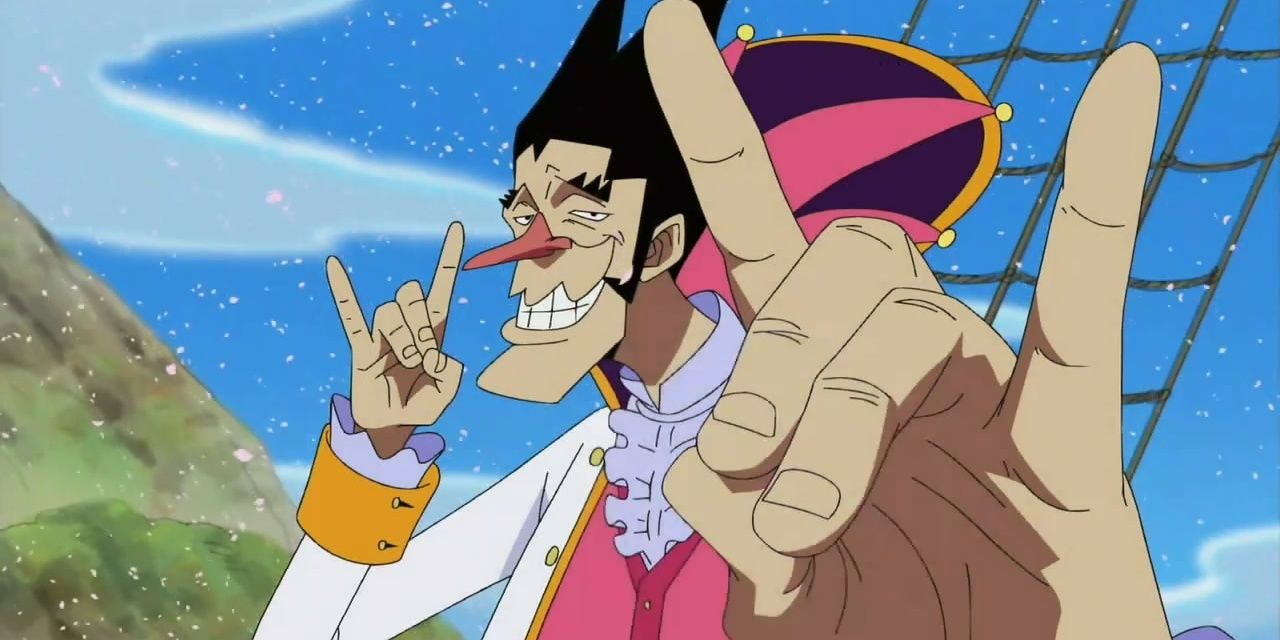
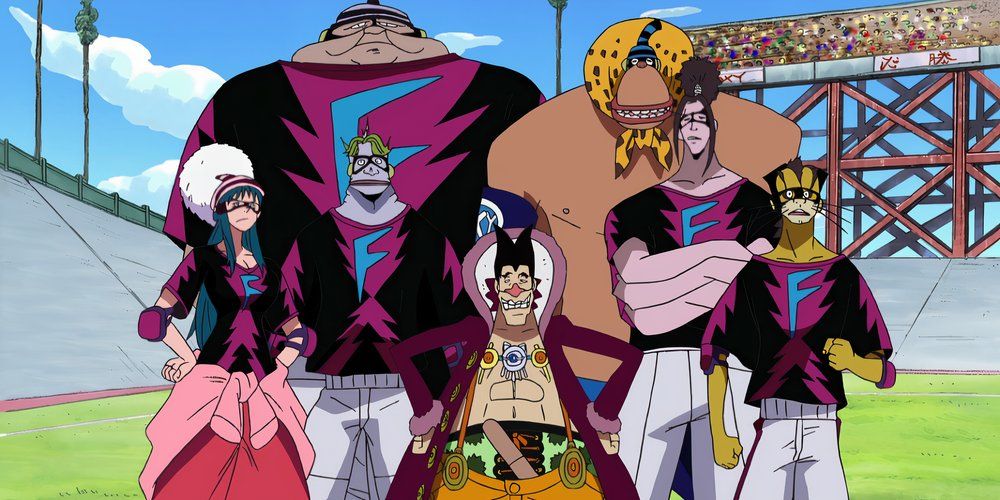
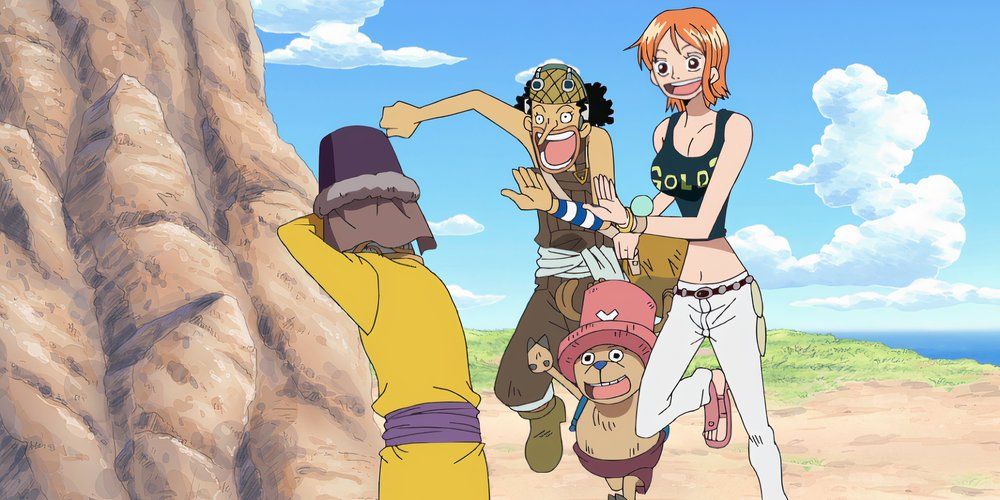
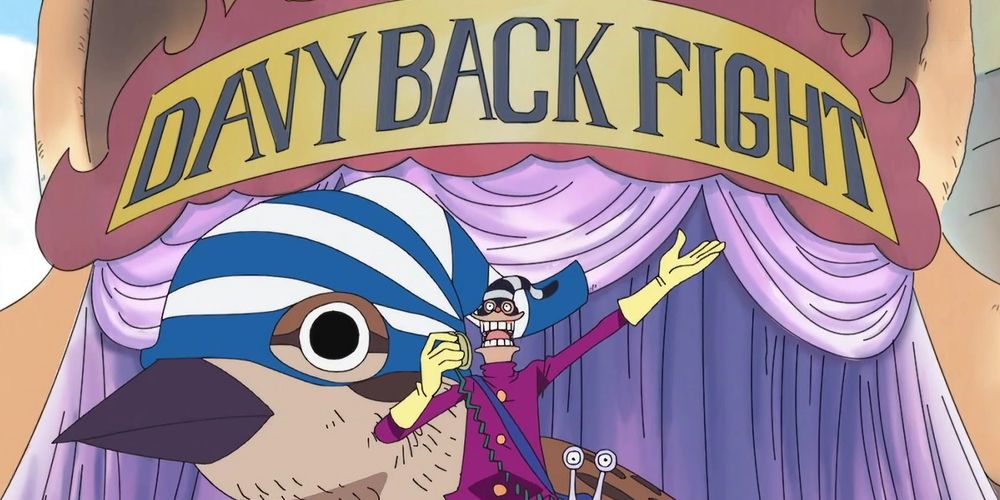





One Piece‘s Long Ring Long Land Arc is a sequence that has so much altered material in the anime that it feels more like filler than other arcs; nonetheless, the Davy Back fight between the Foxy Pirates and the Straw Hat Pirates qualifies as anime canon since the competition is included in the manga. The numerous changes to this arc prove it’s never guaranteed that an anime adaptation will resemble its source material perfectly.
The Davy Back fight is a traditional pirate competition in which the winner may permanently steal any pirate from their opponent’s crew. The high-stakes event is raised to new heights in the anime by including almost the entirety of both crews in a six-round ordeal instead of limiting the event to a smaller group of characters over three rounds as the manga does. The Davy Back’s extended length and cast make the sequence more entertaining by introducing new dynamics to the chaotic affair.
4Zoro & Sanji Are Captured Instead of Vanishing Mysteriously on Thriller Bark
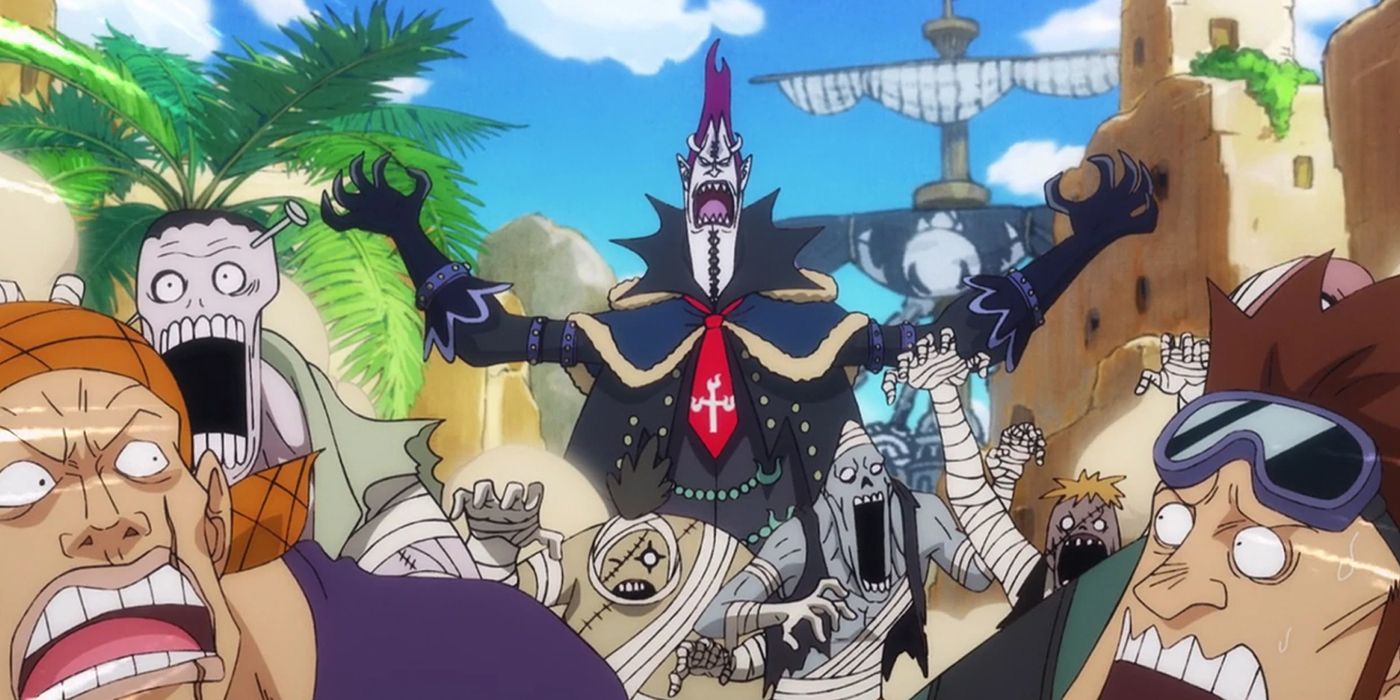
One minor change to the One Piece anime adaptation of the Thriller Bark Arc removes the ambiguity surrounding the disappearance of two Straw Hat Pirates. Thriller Bark is a massive ship that belongs to former Warlord of the Sea, Gecko Moria, who lures in victims to take over their bodies with his Devil Fruit powers.
Straw Hat Pirates Rorona Zoro and Vinsmoke Sanji roam Thriller Bark in search of other Straw Hat Pirates who have gone missing before dissapearing themselves. Unlike the manga, which depicts the Straw Hat duo vanishing mysteriously, the anime sequence reveals zombified spider mice as their captors. The added detail helps the narrative flow more smoothly by reducing the ambiguity of their sudden disappearance without changing the understanding that they too have been captured.
3The First Bomb Collar Explosion Gets a More Hopeful Ending
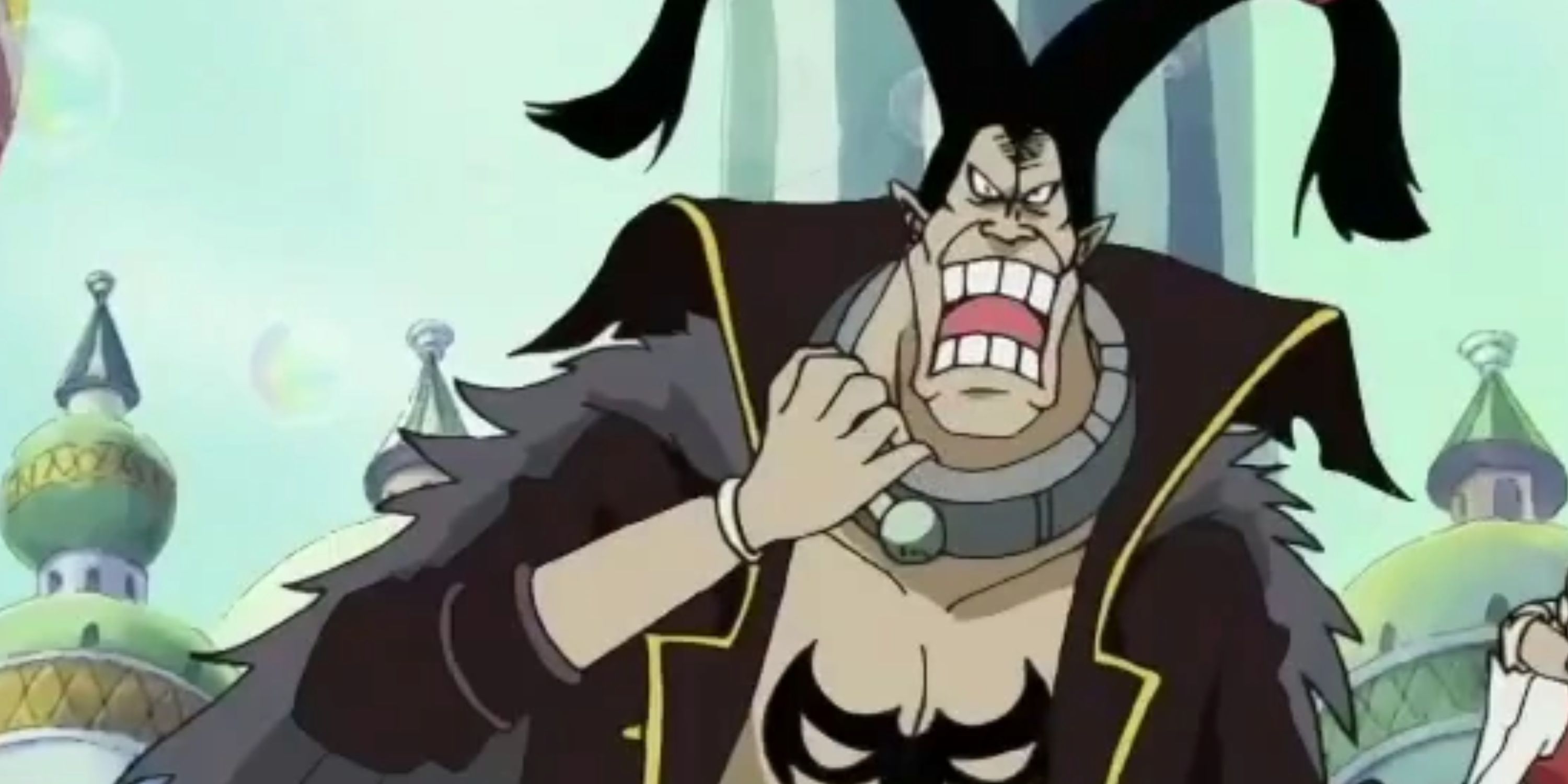
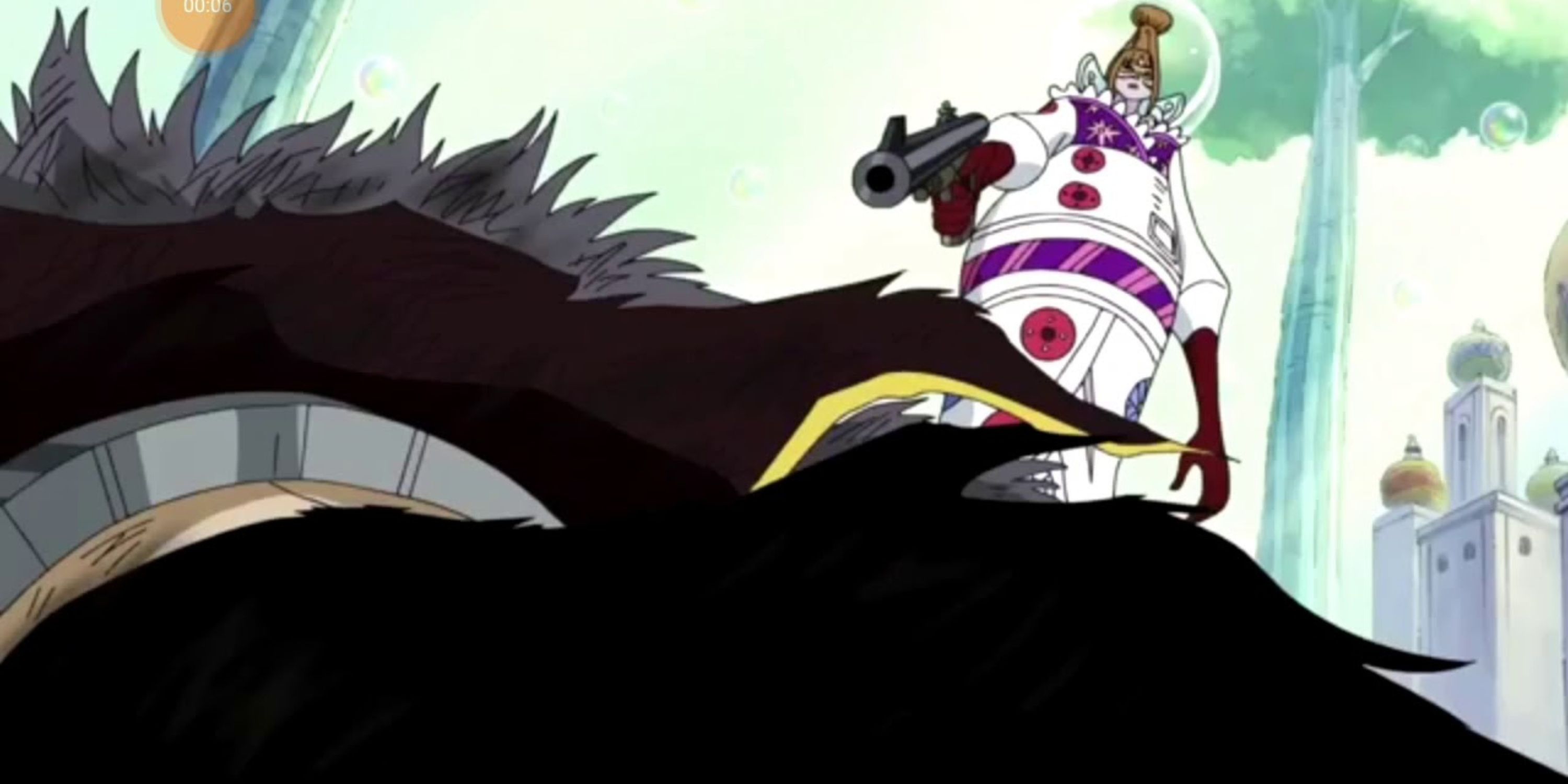
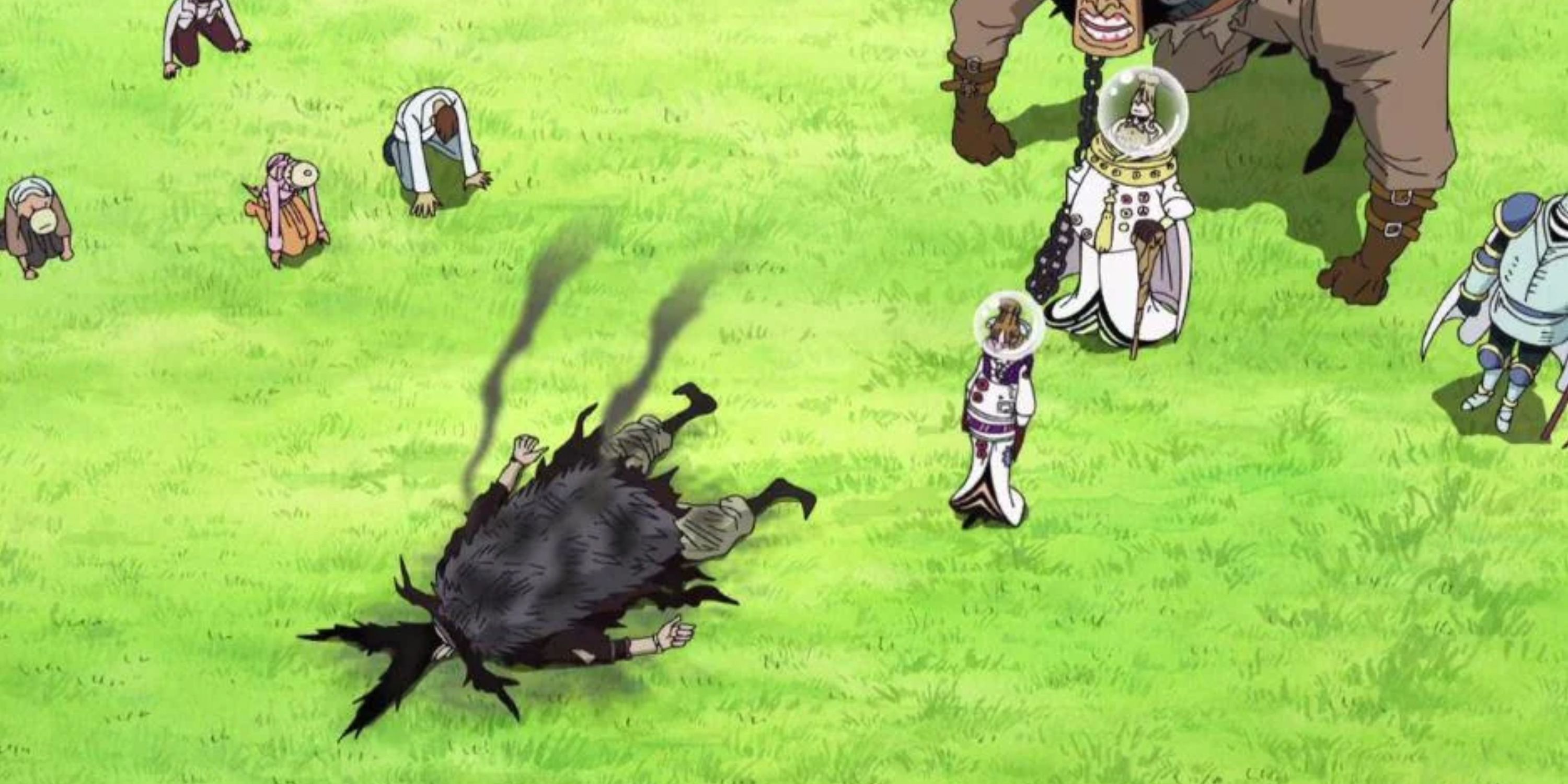
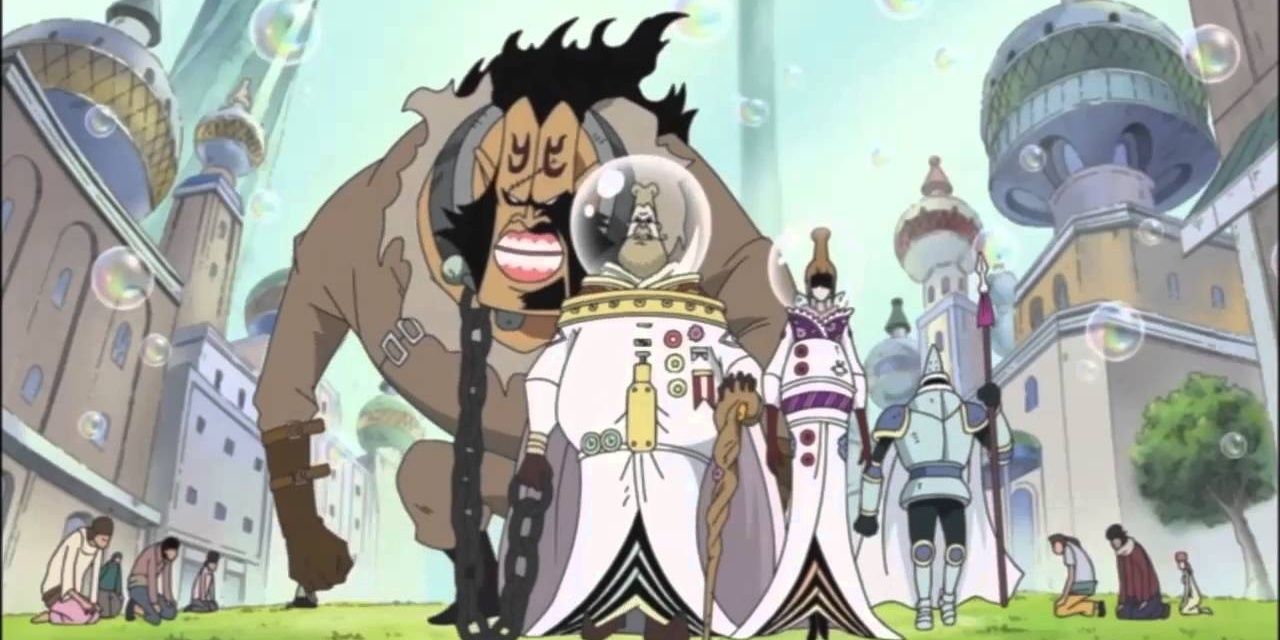




Numerous One Piece scenes are presented less violently in the anime adaptation by removing harsh elements, but adding new details can also influence the interpretation of events. The first bomb collar, a monitoring device for people enslaved by Celestial Dragons, explodes at Sabaody Archipelago in a scene that includes more details in the anime than in the manga.
During the Sabaody Archipelago Arc, an enslaved individual named Devil Dias attempts to escape enslavement, triggering the explosive device to detonate. Afterward, a Celestial Dragon kicks and shoots the victim of the collar explosion. In the anime adaptation, the sequence extends beyond the gunshot long enough for two people to arrive with a stretcher for the victim, giving the scene a slightly more uplifting feel with the hope that the victim might recover since he’s being cared for.
2The Straw Hat Pirates Take a Moment to React to the News of Marineford
During the Post-War Arc, several One Piece cover stories are animated into a brief sequence that captures a significant moment during the series from the perspectives of multiple characters. The Straw Hats, who were separated by Kuma at the end of the Thriller Bark Arc, are pictured reacting to the news that Monkey D. Luffy’s brother, Fire Fist Ace, has been killed during the battle of Marineford.
Each member of the Straw Hat Crew takes a moment to respond to the news of Ace’s death, and they are all united by their concern for Luffy, who witnessed the brutal murder firsthand. Expanding on these reaction cover stories in the anime gives an appropriate weight to the devastating toll of the Marineford news on the Straw Hat Pirates. This heartbreaking Post-War Arc sequence remains a memorable moment for Luffy’s crew that reveals their genuinely deep connections to each other.
1The Reverie Arc Doesn’t Exclude Franky & Jinbe in the Anime

The One Piece anime maintains a streak of featuring every member of the Straw Hat Pirates at some point in each arc, but the same isn’t true for the manga. However, the Reverie Arc would’ve been the first anime arc of the series to break this streak if it stayed true to the source material.
Franky and Jinbe, who aren’t present alongside their crew mates, are the only Straw Hat Pirates not featured in the manga during this arc. The anime has flashbacks that include the two missing crew mates, keeping up the trend of featuring all Straw Hat Pirates in every arc. Altering this Reverie Arc sequence to include the full Straw Hat lineup is perhaps the most thoughtful detail added to the One Piece anime adaptation.
News
Fútbol masculino olímpico de París: España, Argentina y Francia compiten por el campeonato
– El campeón olímpico defensor Brasil no puede asistir a los Juegos Olímpicos de este año. Por ello, se le dio la oportunidad a las selecciones francesa, argentina y española. Calendario de la fase de grupos de los tres candidatos…
“Damn Oda married Nami”: One Piece’s Nami Helped Eiichiro Oda’s Wife Chiaki Inaba Meet the Love of Her Life
SUMMARY Eiichiro Oda’s One Piece has become extremely popular among fans since 1997. Chiaki Inaba’s cosplay of Nami at the Jump Festa 2002 made Eiichiro Oda fall in love with her. Fans react to the adorable love story of Eiichiro…
“It’s dark, it’s brutal”: Zoro’s Past Becomes Very Disturbing if This One Piece Theory About Kuina’s Death After Their Duel Comes True
SUMMARY One of Zoro’s biggest motivations for becoming the strongest swordsman in the world is the death of her friend Kuina. However, her death is a mystery as One Piece fans don’t believe that she could have just died from…
One Piece Chapter 1121 Spoilers
The One Piece manga is currently featuring the truth of the world as Vegapunk‘s broadcast continues. Even after their desperate attempts to stop the broadcast, the Gorosei fails miserably. One Piece Chapter 1121 will continue Vegapunk’s broadcast as he talks…
One Piece: Eiichiro Oda Subtly Dropping the Hint About Luffy’s Nationality Has a Connection to Finding Laugh tale That Exists in Spacetime (Theory)
SUMMARY Laugh Tale, an island located just a few arcs away, will require a great deal of work on the part of the crew as One Piece has entered the final tale. One argument suggests that Eiichiro Oda hinted at…
Messi dijo a los jugadores argentinos que no se burlaran de sus rivales
Según el centrocampista Rodrigo de Paul, el capitán Lionel Messi advirtió a los jugadores argentinos, pero aun así cantaron la canción “racista” a la selección francesa en su ausencia. Messi ha impedido repetidamente que los jugadores argentinos canten canciones de…
End of content
No more pages to load




